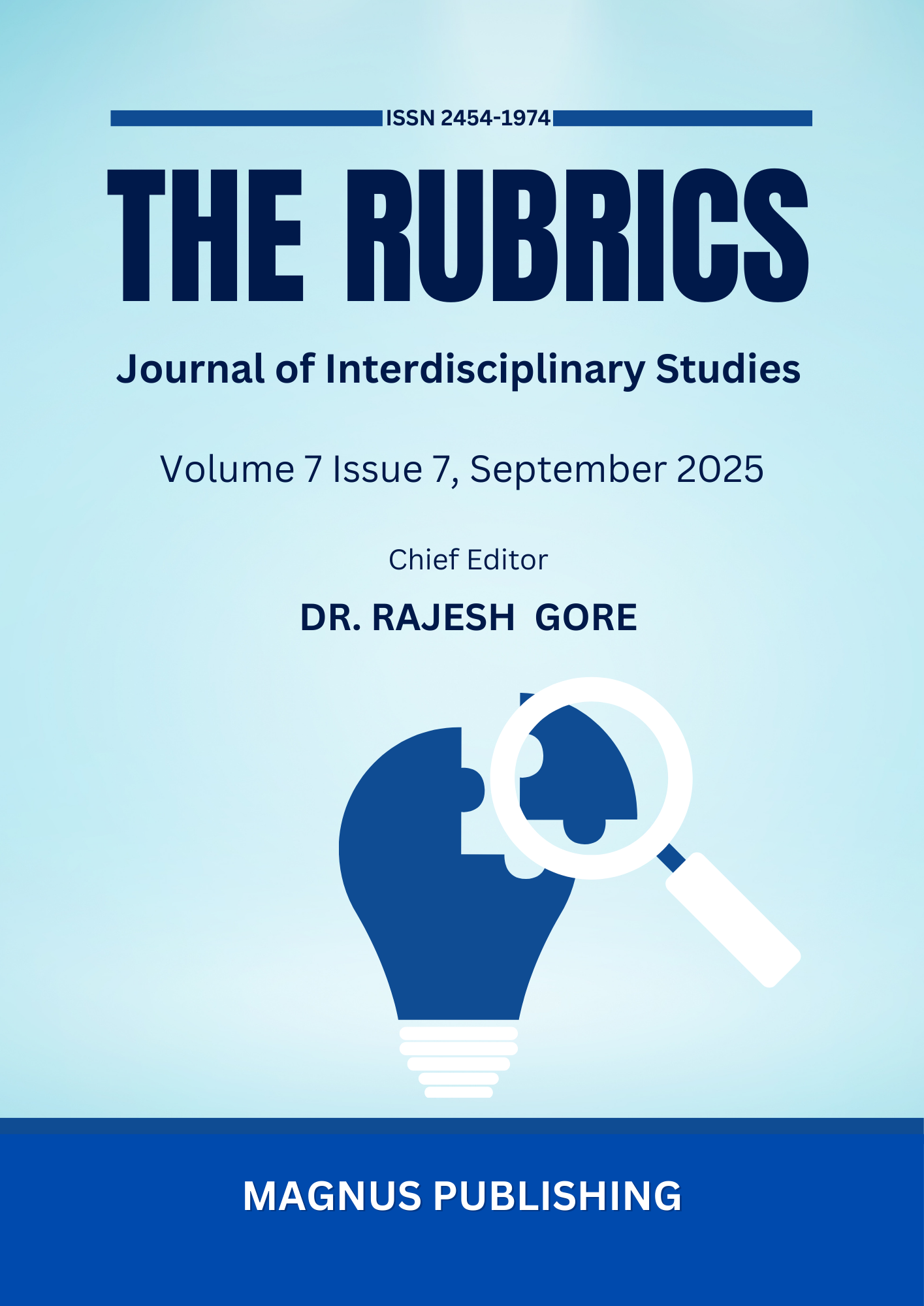Challenges in Teaching English Pronunciation in Indian Classrooms: Between Sounds and Silence
DOI:
https://doi.org/10.5281/zenodo.17064992Keywords:
Pronunciation, Segmental features, Suprasegmental features, Indian English, Mother tongue influence, Oral proficiencyAbstract
English pronunciation continues to pose challenges in Indian classrooms, creating a gap between communicative intent and intelligibility. This study examines these challenges through the lens of “sounds” (segmental features such as vowel length and consonant contrasts) and “silence” (suprasegmental features such as stress and intonation). Focusing on undergraduate learners in an urban aided college with intermediate proficiency but little sound awareness, the research draws on classroom recordings, reading tasks, and teaching observations, supported by existing literature. Findings reveal errors shaped by mother tongue influence and limited phonetic training, including vowel length confusion, consonant substitutions, syllable-timed rhythm, and flat intonation. The paper also reflects on teachers’ difficulties in integrating pronunciation into instruction in resource-limited contexts. It concludes that targeted, context-sensitive strategies can bridge the gap between accurate articulation and expressive prosody, thereby improving oral proficiency in multilingual environments.
Downloads
Downloads
Published
How to Cite
Issue
Section
License
Copyright (c) 2025 The Rubrics

This work is licensed under a Creative Commons Attribution 4.0 International License.





